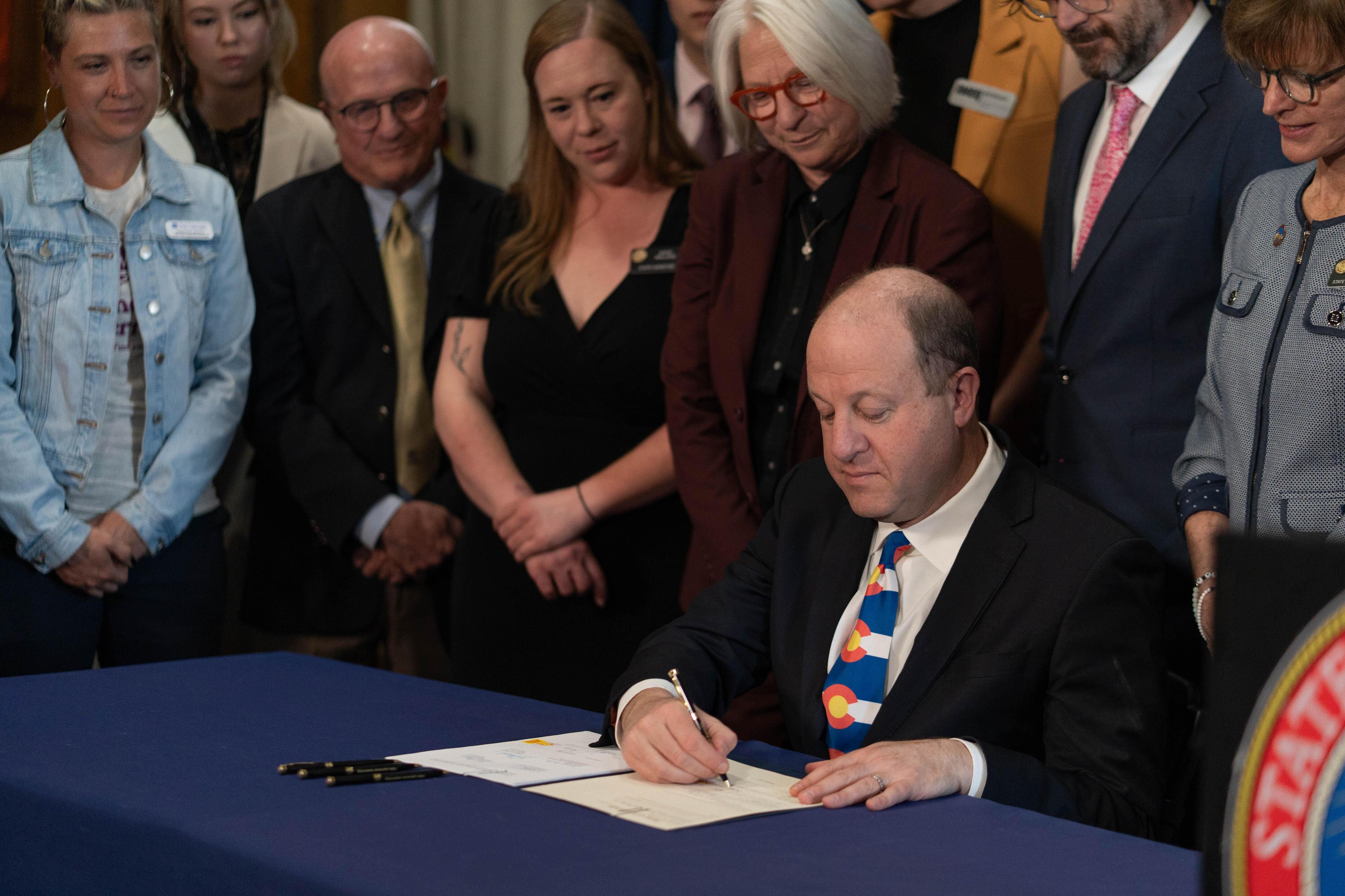It's been just about a week since we earthlings got our first, clear look at Pluto. The distant body at the edge of the Solar System has a surface more intricate than first thought. A new batch of images from the New Horizon's mission were released on Friday -- and scientists are riveted. There are intricate shapes, bubbling black substances, and dark areas.
Fran Bagenal is a planetary scientist at the University of Colorado Boulder and co-investigator on the mission. She's back in the state from the mission's operations center in Maryland. She spoke with Colorado Matters host Ryan Warner.







Pluto wags its tail... its plasma tail. We found atmospheric ions behind Pluto. http://t.co/brq5jMTdJO #PlutoFlyby pic.twitter.com/mzFcrZXnIz
Peering at the 'heart,' @NASANewHorizons reveals evidence of carbon monoxide ice: http://t.co/pGtKMeWL1W #PlutoFlyby pic.twitter.com/P7vYEalI0l
Revealed: Pluto’s atmosphere extends as far as 1,000 miles above its surface: http://t.co/otIB8Gat8A #PlutoFlyby pic.twitter.com/y2kl3f2YVJ







